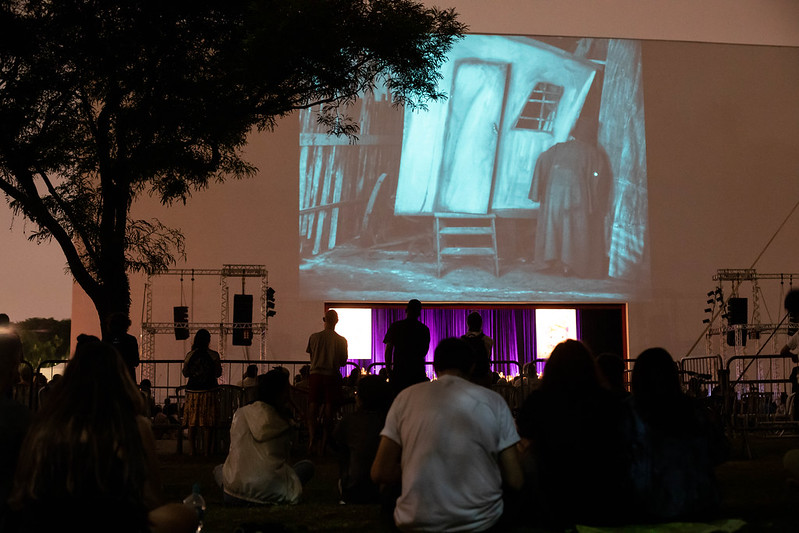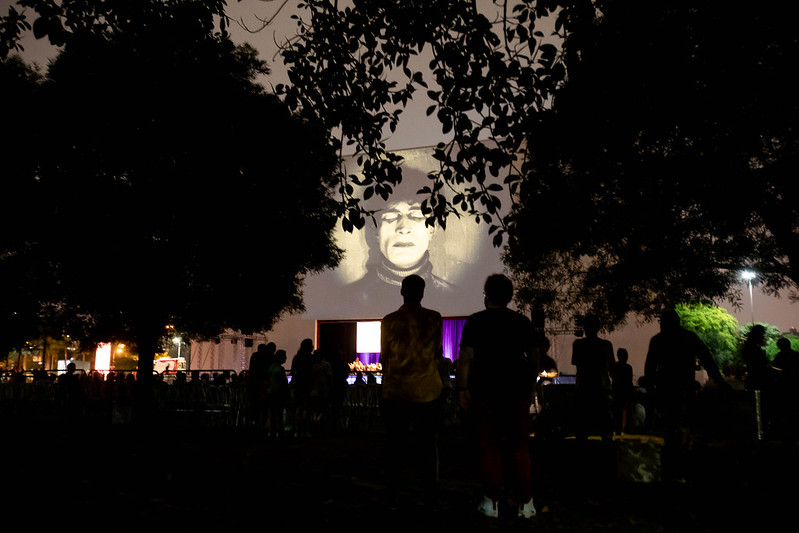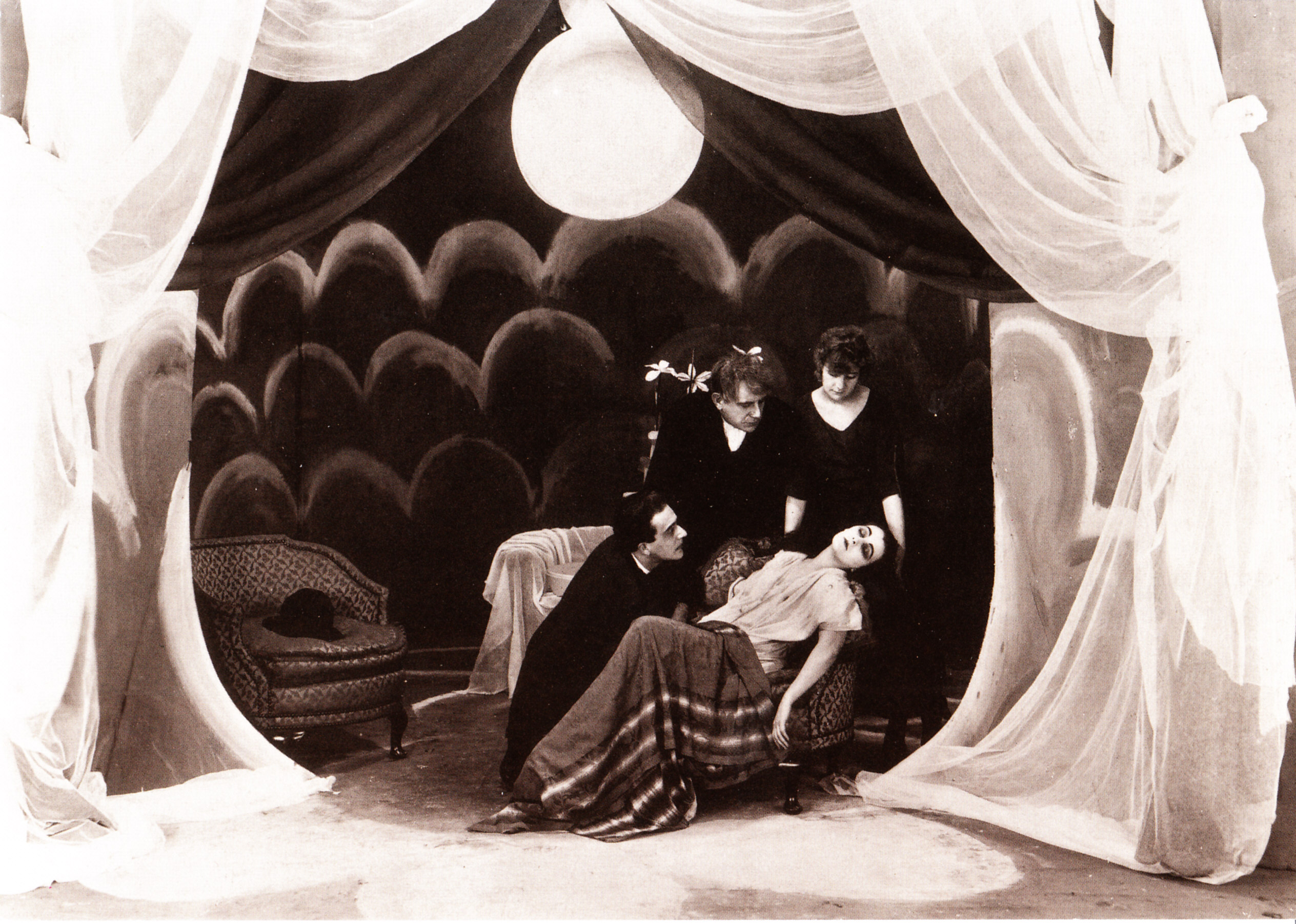“The internal plot of this expressionist silent classic tells the story of the mad Dr Caligari, who terrifies a small north German town with the help of a somnambulist named Cesare. During the day, Caligari presents Cesare, who suffers from a strange, trance-like illness, at the fair. There, the tall, scrawny and pale somnambulist tells the future to onlookers. At night, however, this slave of Caligari prowls the town and commits terrible murders under the influence of his master. When a young man is murdered one night, whom Cesare had prophesied imminent death, Francis, a friend of the dead man, suspects that Dr. Caligari is involved. When Francis’ friend Jane is threatened and kidnapped by Cesare, suspicion becomes certainty. An angry crowd sets off in pursuit of the fleeing doctor. In an insane asylum, Francis seems to have cornered the showman, when he has to make a terrible discovery: the insane Dr. Caligari is the director of the asylum. The frame story creates the film’s ambiguity: for Francis, who told the story of Dr. Caligari, is himself an inmate of the mental asylum.” (Friedrich-Wilhelm-Murnau-Stiftung)
About the Music: Stéphane Fromageot composed music for this groundbreaking German silent film, which marked the beginning of expressionist film with its provocative imagery, that oscillates between reality and madness just like the narrative. Depending on the situation, late romantic sound passages alternate with atonal oblique breaks that emphasise the hypnotic mood of the horrific imagery. Along the six acts of the film, Fromageot designed a through-composed, operatic score. For the main characters and key scenes of the film classic, the composer developed concise leitmotifs, which he varies according to the situation, always reacting to the distortions of reality by director Robert Wiene.





